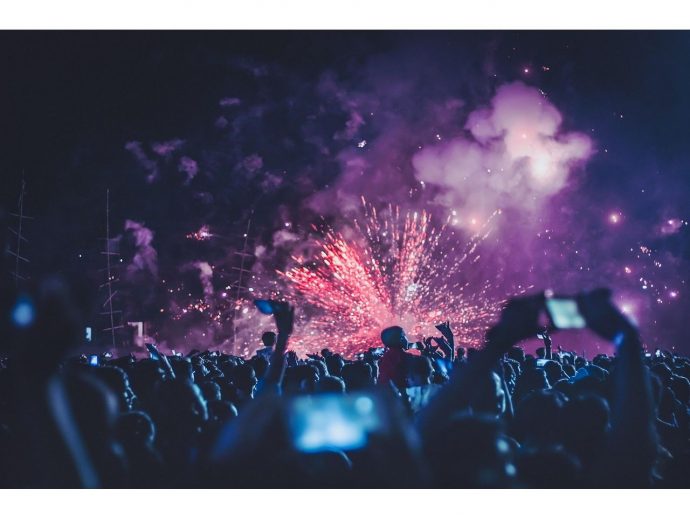The New Era of Nightlife Design
The modern nightlife space blends visual storytelling, innovative materials, and dynamic interaction. This evolution has transformed bars, lounges, and clubs from simple social destinations into curated environments where every detail matters. Experts in the field, including visionaries such as James Vosotas, have prioritized the symbiotic relationship between art and design, driving lasting impressions and creating venues that stand out in a crowded market. The result is a guest journey defined by atmosphere and engagement rather than just amenities. Thoughtful design extends far beyond furniture selection or color schemes. The choices made before a single patron enters the door influence how people move, gather, and celebrate. When executed well, the harmony between artful décor and functional space planning leads to venues that encourage connection, curiosity, and repeat visits.
The Power of Artful Atmospheres
Art is more than decoration in nightlife venues—it often anchors an entire concept. Sculptures, murals, and custom installations tell an immediate, wordless story that shapes guests’ first impressions. According to industry perspectives shared by ArchDaily, hospitality design has influenced other spaces because it excels at blending function and creativity for maximum emotional impact. When patrons walk into a venue surrounded by thought-provoking or locally sourced artwork, they are drawn into a unique narrative that keeps the experience memorable long after leaving.
Lighting and Acoustics: Setting the Scene
Lighting is a powerful, dynamic element in nightlife design. Adjustable and layered lighting helps transition a venue from an energetic happy hour to an intimate late-night setting. The quality of light—its warmth, angle, and intensity—plays a scientifically proven role in how comfortable people feel and how long they wish to stay. Acoustics are equally important. Clever use of soft surfaces and acoustic design ensures that music energizes without overpowering, and conversations can flow effortlessly. These factors combine to foster a sense of inclusion and vibrancy for everyone inside.
Flexible and Immersive Layouts
Adaptable layouts have become a hallmark of the best nightlife spaces. Modular furniture, retractable walls, and strategic zoning empower venues to accommodate everything from cozy gatherings to large-scale events. The ability to shift seamlessly between different usages maximizes operational flexibility and caters to evolving consumer tastes that prioritize exclusivity and immersion. According to insights summarized by Hospitality Net, these strategies leave lasting impressions and enable establishments to diversify their appeal.
Celebrating Local Culture in Design
Incorporating local art, textiles, and materials provides an authentic foundation for any nightlife venue. Partnerships with local artists foster a feeling of place while benefiting the community. The result is a space that resonates with its surroundings, welcomes residents and visitors, and is a testament to regional pride. Guests increasingly value authenticity and a deeper connection to their environment—qualities that local culture powerfully delivers through design.
Sustainability and Wellness as Core Features
Today’s guests expect nightlife spaces to reflect modern values, especially environmental sustainability and well-being. The choice of reclaimed materials, energy-efficient lighting, and the inclusion of greenery all signal a venue’s commitment to responsible design. Wellness-focused features, like good air circulation, ergonomic furniture, and smooth navigation, further elevate comfort and reputation. These details are no longer considered optional—they’re central to attracting socially conscious patrons.
Multisensory Experiences and Technology
The most successful nightlife spots engage all the senses. Bespoke music tracks, thoughtfully crafted scents, and interactive visual elements contribute to deeper emotional engagement. Many venues now integrate digital innovation—from lighting apps to immersive projections—to surprise and delight guests without replacing the essential human touch. This holistic approach ensures every visit feels stimulating and welcoming, keeping venues relevant in a fast-moving industry.
Conclusion: Art, Design, and the Future of Nightlife
Art and design are at the core of what makes nightlife spaces unforgettable. They establish mood, shape memories, and inspire ongoing innovation in an industry where first impressions matter. As creativity and sustainability continue to take center stage, nightlife venues will only grow more immersive and innovative, building social experiences that endure through style and substance.















